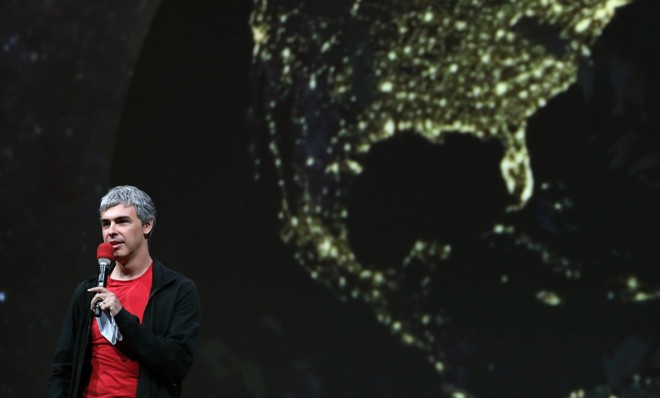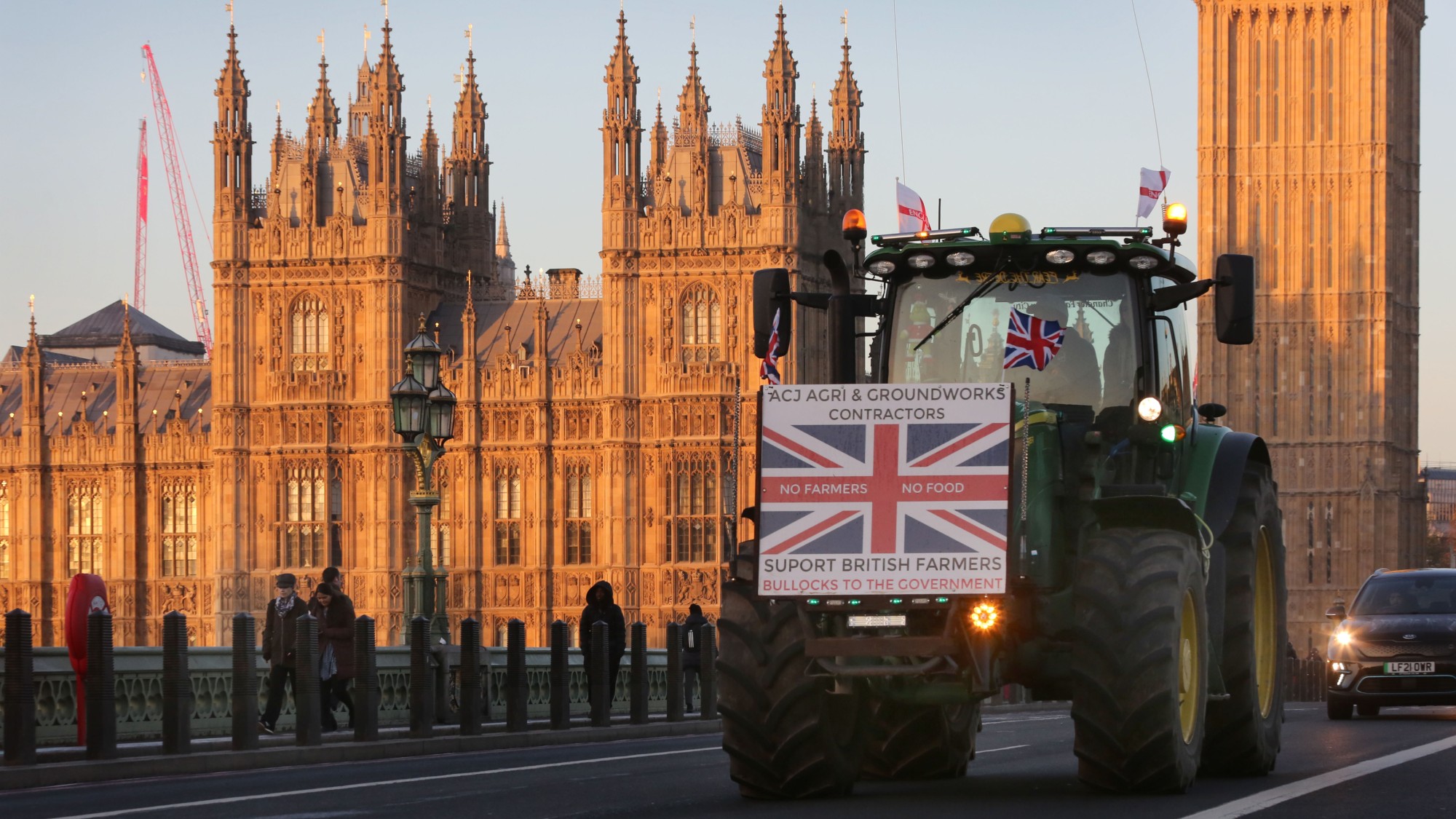Google's big day of announcements: 3 new features you should know about
Maps, photos, and search — oh my!

At Google I/O on Wednesday, a procession of executives took the stage to announce all sorts of sweet new products. The four-hour (!!!) presentation included a Samsung Galaxy S4 with stock Android and a new streaming music service to take on Spotify. There was an awful lot of other stuff announced, too. Here are the top three highlights:
1. Voice search goes casual
Typing words into a search bar may soon be passé. In a slide promising "the end of search as we know it," Google's Amit Singhal showcased a more deeply integrated — and much smarter — voice search for Google Now that promises to intelligently decipher what you're trying to say. (It's already in Chrome, too.)
The Week
Escape your echo chamber. Get the facts behind the news, plus analysis from multiple perspectives.

Sign up for The Week's Free Newsletters
From our morning news briefing to a weekly Good News Newsletter, get the best of The Week delivered directly to your inbox.
From our morning news briefing to a weekly Good News Newsletter, get the best of The Week delivered directly to your inbox.
After clicking the little microphone icon, you can, for example, ask: "Hey Google. Will it be sunny in Santa Cruz this weekend?" Once you get your answer, you can ask a follow-up question: "How far is it from here?" And you'll get an approximate travel time to Santa Cruz based on your current location. No keywords. Just natural speech, as if you were talking to a pal. Or a fictional computer in Star Trek. Or the fictional Siri in Apple commercials.
2. Google+ is transforming into a photo hub
The service is getting a major multi-column redesign that will make the social network more photo heavy. Kind of like Pinterest. Its redesign is more than a superficial facelift, though. The future will be about automation.
For example, Google's algorithms will scan the photos you upload and hashtag them appropriately. (A photo of Buster Posey, for example, will automatically be tagged #SanFrancisco and #Giants.)
A free daily email with the biggest news stories of the day – and the best features from TheWeek.com
But perhaps the neatest new development is a feature called Auto Enhance, which will automatically photo-shop Google+ user photos (should you choose). When you upload a picture, elements like brightness, contrast, and saturation will all be bumped to the appropriate settings, using the photo itself for context.
Another new feature called Auto Awesome (yes, that's its real name) creates "a brand new image based on a set of photos in your library," says Google:
For example: If you upload a sequence of photos, we'll try and animate them automatically. [Ed. note: GIFs!] Or if you send us a few family portraits, we'll find everyone's best smile, and stitch them together into a single shot. Likewise with panoramas, filmstrips, and a whole lot more. [Google]
3. Google Maps will be customized
As great as Google Maps is, it can still be clunky at times. The next iteration of the service will try to smooth out the process by figuring out what kind of information you really need.
The new version promises it will be custom-tailored, "like a friend drawing you a map to her favorite restaurant, with only the roads and landmarks you need to get there," says Google. Here's the explainer:
If you highlight home, work, and maybe rate a few restaurants in between, Google will fill in the rest with other businesses you might find interesting.
Worth noting, too, is that Google Earth is going 3D, and that you'll even be able to go inside certain popular locales with Street View.
-
 A foodie guide to Edinburgh
A foodie guide to EdinburghThe Week Recommends Go all-out with a Michelin-starred meal or grab a casual bite in the Scottish capital
-
 Political cartoons for December 24
Political cartoons for December 24Cartoons Wednesday's political cartoons include Christmas in Greenland, grinchflation, and California floods
-
 Is there a Christmas truce in the Starmer farmer ding-dong?
Is there a Christmas truce in the Starmer farmer ding-dong?Today’s Big Question There’s an ‘early present’ for farmers but tensions between Labour and rural communities remain